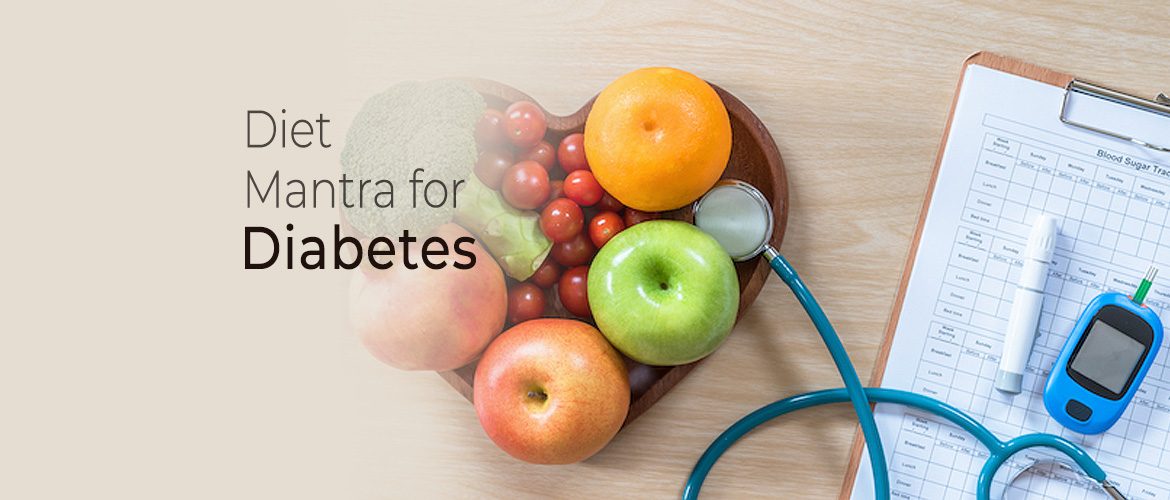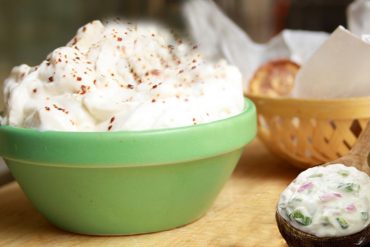A lot of people believe that diet for diabetics’ centres around direct sugar intake or controlling the amount of sugar in your diet. Well, nothing could be farther from truth.
Diabetics need to keep their blood glucose level in a safe range by making healthy food choices and tracking their eating habits. Also, they need to learn to make smart food choices of sugars that are nutritionally rich and support many other biochemical reactions in our body and improve their metabolism.
What you choose to eat, how much you eat, and when you eat is all important in keeping your blood glucose level in the expected range.
I always advise diabetics to follow the 3 principles cited below when it comes to their food-
1.
Take care of the complexity of the carbohydrates
2.
The GI values of the foods that you consume should be low
3.
Post meals, your sugar should not increase to a point where there is stress on the body
How to increase the complexity of food?
- Avoid all kinds of refined foods
If you are consuming refined foods or high carbohydrate foods then make it a point to add more of complex grains to them like barley, kala chana, ragi, oats. Complex carbohydrates aid in slow release of energy and they have low glycemic load also. These could be included in the diet in the form of flours added to your atta. A combination of multigrain chapatti does not let your post prandial (PP) sugar rise.
- Add proteins to each meal
Proteins help you achieve satiety, so that you do not feel hungry often and helps maintain your blood sugar. So, in your main meal-half to one portion of protein should be there. Focus on including more legumes and daals which are rich in proteins in your meals. Replace besan with kala chana.
- Consume High fiber foods
Eat foods high in fiber like vegetables, fruits. Dietary fiber includes all parts of plant foods that your body can’t digest or absorb. Fiber moderates how your body digests and helps control blood sugar levels.
- Add good fat to your diet
Right amount of good fats from nuts and seeds give a lot of satiety and help fight infections also. They are anti-inflammatory in nature and decrease the oxidative stress. So, good sources of fat, in case you do not suffer from any other kidney dysfunction are –chia seeds, flax seeds, pumpkin seeds and sunflower seeds. One can make a combination of these and munch in between meals.
- Right in-between meal snacking
Next, they have to focus on insertion between the meals when there is a drop in sugar at times. Avoid munching on biscuits and namkeens at that time. Instead have FRUITS. They are also rich in phytonutrients that help keep the body healthy. In fact, include different colours of fruits every day in your diet. Makhana is also an exceptionally good option for munching.
- Cut down on fats, sugar and salt
One does not need any of the above as part of a healthy diet. The less often, the better. Avoid foods like biscuits, crisps, chocolates, cakes, ice cream, butter and sugary drinks. These sugary foods and drinks are high in calories and raise blood sugar levels.
Some more tips
- Eat smaller meals
- NEVER combine high fats and sugar together
- Use some spices like cinnamon, curry leaves, ashvgandha, methi seeds. They work wonderfully to help manage blood sugar levels.
DCN TIP
MYTH –Fruits cannot be eaten by diabetics.
TRUTH – You can eat fruits but need to moderate the portion size and ALWAYS combine your fruit with some salad. Fruits are naturally low in calories and packed full of vitamins, minerals and fibre. They also add flavour and variety to the diet.
NOTE – NEVER have your fruits along with your meals as it will lead to a spike in sugar levels.




